 If you want the quality of the crop to continue to please you next season, prepare your greenhouses in the fall. During this period, you can decide on the places where you will plant plants next year and, of course, process the greenhouse in the fall from pests and diseases for the winter.
If you want the quality of the crop to continue to please you next season, prepare your greenhouses in the fall. During this period, you can decide on the places where you will plant plants next year and, of course, process the greenhouse in the fall from pests and diseases for the winter.
The soil must be saturated with useful solutions containing antiparasitic substances.
How to do it right? First of all, you need to remove the remains of vegetation from the surface of the earth and dig it up. The frame must be treated with an antiseptic solution. You will learn more about this from the article.
Where to begin?
Taking up the processing of the greenhouse, first of all, it is necessary to remove the remains of plants from the surface. If this is not done, the soil will lose fertility. After all, the remains of plants are covered with many pests and their larvae. All this, with a high probability, can cause diseases of the future harvest.
 Some summer residents are of the opinion that plants removed from the ground can be collected in a pile to get natural fertilization - compost.
Some summer residents are of the opinion that plants removed from the ground can be collected in a pile to get natural fertilization - compost.
However, this advice can lead to negative consequences. Indeed, in the process of decay of plants, many dangerous bacteria are formed, which can be fatal to the crop.
In the fall, it is imperative to also process all the ropes in the greenhouse that will be used to tie plants to avoid diseases and pests. This can be done with lime, or with special disinfectant solutions.
Tillage
After you removed everything superfluous from the greenhouse, you need to do the soil treatment. It certainly must also be watered with antiparasitic compounds. Here are some of them:
- Karbofos - This substance will help to destroy such dangerous insects as the black leg and gall nematode. To process one cubic meter of land in the greenhouse in the fall, you will need a solution of 10 liters of water and 90 g of malathion. After processing, the soil must be dug up so that the substance penetrates as deep as possible.
- Sulfur help cope with the effects of spider mites. To do this, fumigate the gray space, burning it in coals. If the pest is already annoying you, take 150 g of the substance per 1 m³. And, in order to prevent, sulfur will need three times less. During processing, airtight conditions must be created in the greenhouse. The walls and frame need to be treated with water - then they will be most susceptible to sulfur. It is necessary to process the space by wearing a gas mask. It is possible to fumigate the greenhouse with the help of a smoke bomb, which is purchased in any specialized store.
- Bleach - Another way to get rid of pests in the greenhouse. This method should be left as a last resort if you cannot cope with insects in a different way. Chlorine lime will help you get rid of the black leg, keel, white rot, gall nematode. Moreover, in autumn you can take more lime for processing than in spring. Liquid with bleach is useful to spray plants. It helps to defeat the disease. For 10 liters of water you will need 300 grams of bleach.
- Blue vitriol - you will need to process the greenhouse in the fall from diseases and pests, if you have been growing vegetables in it for many years. It will relieve many types of fungi and bacteria in the soil and on the surface. But it is required to process the greenhouse with copper sulfate no more often than 1 time in 5 years. The fact is that excess copper can impede the growth and development of plants.
- Bordeaux mixture - since the end of the 19th century it has been used for processing greenhouses. It consists of copper sulphate, quicklime and water. Pure copper sulfate can destroy plants. And calcium in the composition plays the role of a binding element that minimizes the negative effects of copper.
- Formalin - Another substance that summer residents use in pest control. It is not safe, but quite effective. Small grooves burst into the greenhouse into which formalin solution is poured. The groove is ground above. The greenhouse is carefully sealed for 1-3 days. For these purposes, you can use tape. After the room is ventilated for 2-3 weeks, and the soil inside is dug.
Preventive measures to protect the greenhouse in the fall from pests and diseases can be carried out only at a temperature inside of at least +10 degrees. If you ignore this condition, your actions will be ineffective.
There is another way to disinfect your greenhouse - steaming. It is the most environmentally friendly of all presented. The procedure is as follows:
- the soil in the greenhouse is poured with boiling water, in the proportions of 1-3 liters per cubic meter;
- immediately after processing, the ground is covered with a film for several days.
For efficiency, steaming is done several times. I must say that this method of treatment has a significant drawback - earthworms will not live in steamed soil. But it is these insects that make the soil fertile.
Eco-friendly infusions
A summer resident, Galina Kizima, advises to prepare plant poisons, infusions of weeds and water, in a ratio of 1: 5 for cultivating the soil in the fall, for tansy, wormwood, dandelion, and citrus peels. The smell of infusion will deter harmful insects. They will not dare to lay eggs or larvae in the soil, with an incomprehensible smell. As a result, insects will go in search of a safer place.
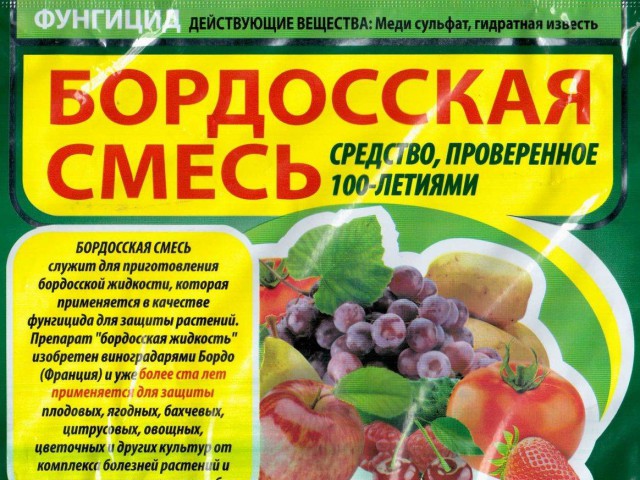
Infusions are prepared for processing as follows:
- Five liters of onion husks need to be poured with 10 liters of hot water. The solution should stand covered for two days. After which, you can strain it and spray the greenhouse.
- A kilogram of tansy is poured with 10 liters of water and boiled for 15 minutes over low heat. After which, the infusion should be cooled and filtered.
- A kilogram of citrus peels need to be soaked, rubbed through a meat grinder, add 3 liters of water and insist for 5 days in the dark under a lid. After the infusion, you need to strain, squeeze well, pour into containers. Use it as necessary, dissolving 100 g in 10 liters of water.
Preparing the frame for the winter
 The solution for processing the frame needs to be prepared in advance. As a rule, this is done 4 months before use.
The solution for processing the frame needs to be prepared in advance. As a rule, this is done 4 months before use.
To prepare it, a bucket of water must be mixed with 400 grams of lime. With this mixture, you definitely need to treat the soil, the frame of the greenhouse and the items that you use to work.
In greenhouses, their polycarbonate walls are very susceptible to aggressive substances. Therefore, when preparing for winter, do not use formulations that include potent chemicals. In addition, you can not handle the walls of the greenhouse with sharp objects.
The wooden components of the frame can be treated with bleach and copper sulphate.
So that the greenhouse does not break in winter under the pressure of snow, be sure to strengthen its frame. This can be done by installing additional arcs or constructing T-shaped supports.
If in autumn you take all the necessary measures to process the greenhouse, the pests will not winter in it and will not be able to negatively affect the soil fertility inside. Disease will bypass your crop!
Video:

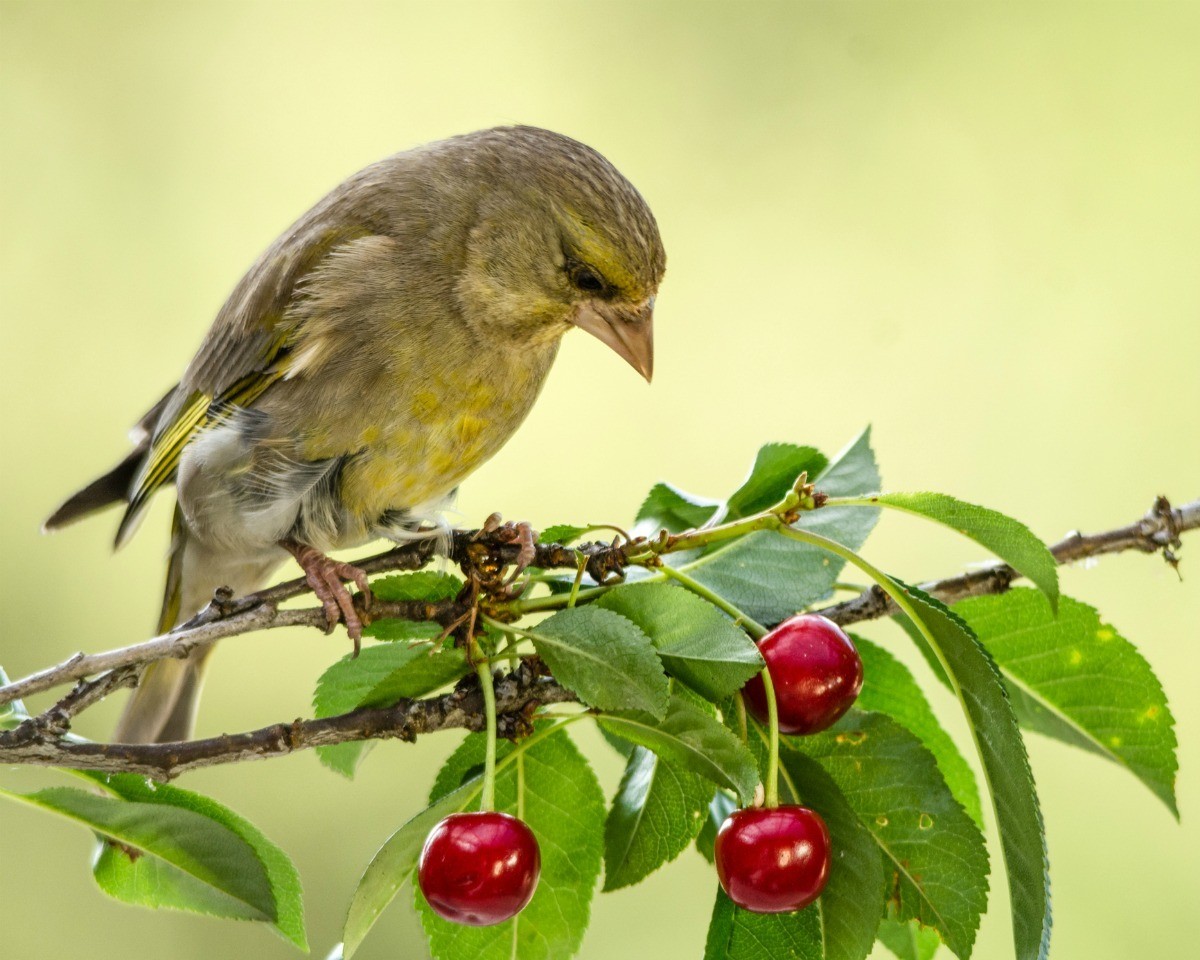
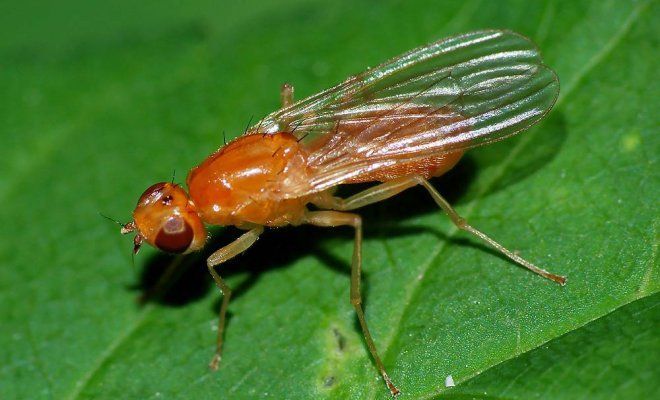
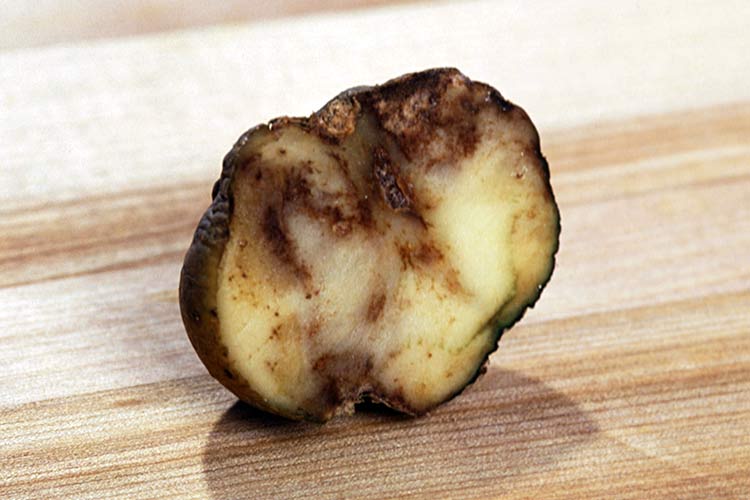
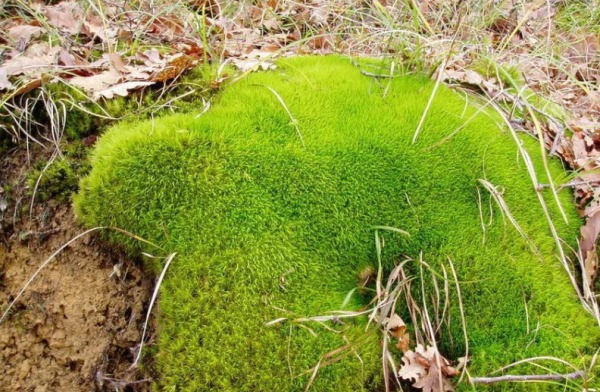 Where does moss come from in the garden and is it necessary to get rid of it?
Where does moss come from in the garden and is it necessary to get rid of it?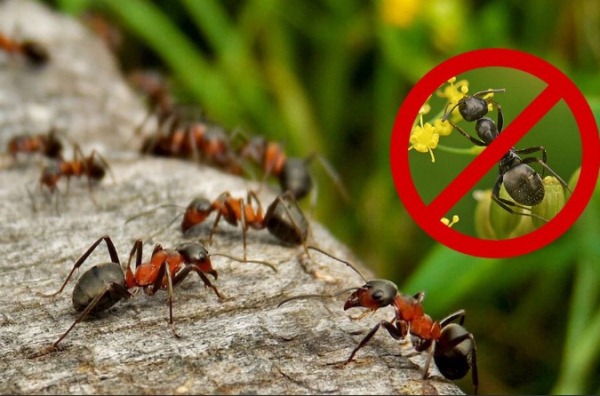 The most effective ways to deal with ants in the area
The most effective ways to deal with ants in the area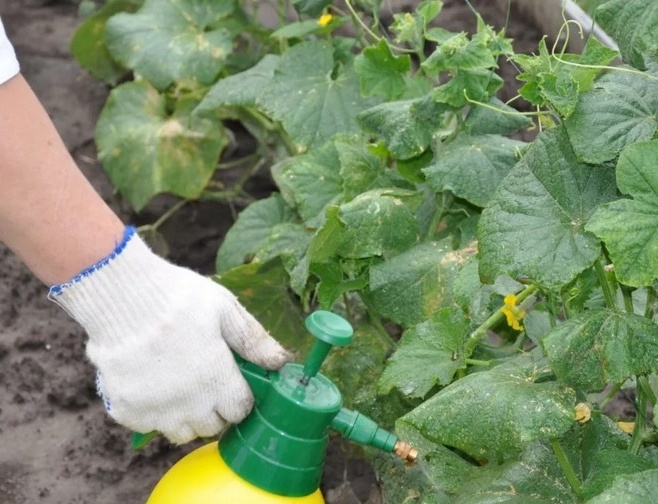 Cockchafer and Bear: An Easy Way to Save Plant Roots
Cockchafer and Bear: An Easy Way to Save Plant Roots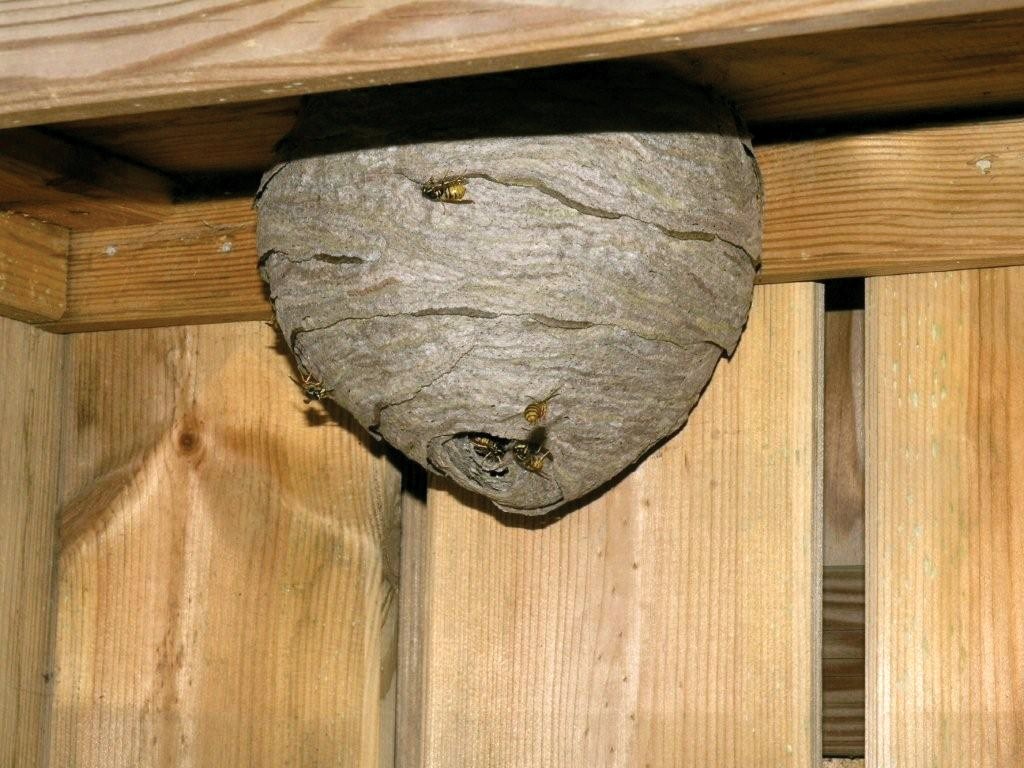 Get rid of the aspen nest quickly and safely.
Get rid of the aspen nest quickly and safely.